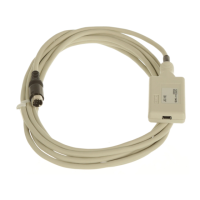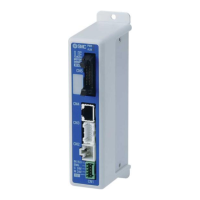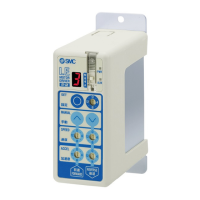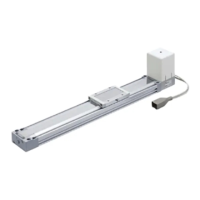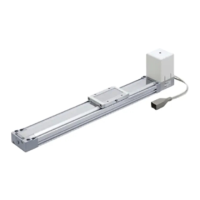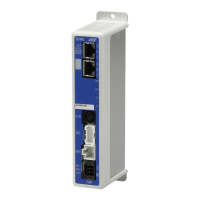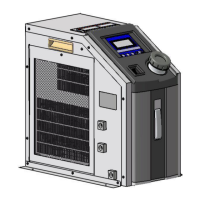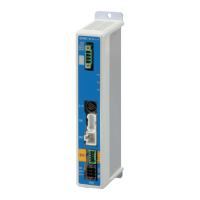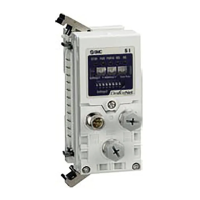APPENDIX
App. - 8
(c) Overload protection characteristics
The LECSN2-T□ drivers have solid-state servo motor overload protection. (It is set on the basis
(full load current) of 120% rated current of the driver.)
(d) Over-temperature protection for motor
Motor Over temperature sensing is not provided by the drive.
Integral thermal protection(s) is necessary for motor and refer to app. 4.4 for the proper
connection.
(e) Branch circuit protection
For installation in United States, branch circuit protection must be provided, in accordance with the
National Electrical Code and any applicable local codes.
For installation in Canada, branch circuit protection must be provided, in accordance with the
Canada Electrical Code and any applicable provincial codes.
App. 4.2.4 General cautions for safety protection and protective measures
Observe the following items to ensure proper use of the LECSN2-T□ drivers.
(1) For safety components and installing systems, only qualified personnel and professional engineers
should perform.
(2) When mounting, installing, and using the LECSN2-T□ driver, always observe standards and directives
applicable in the country.
(3) The item about noises of the test notices in the manuals should be observed.
App. 4.2.5 Residual risk
(1) Be sure that all safety related switches, relays, sensors, etc., meet the required safety standards.
(2) Perform all risk assessments and safety level certification to the machine or the system as a whole.
(3) If the upper and lower power module in the driver are shorted and damaged simultaneously, the servo
motor may make a half revolution at a maximum.
(4) Only qualified personnel are authorized to install, start-up, repair or service the machines in which
these components are installed. Only trained engineers should install and operate the equipment.
(ISO 13849-1 Table F.1 No. 5)
(5) Separate the wiring for safety observation function from other signal wirings. (ISO 13849-1 Table F.1
No. 1)
(6) Protect the cables with appropriate ways (routing them in a cabinet, using a cable guard, etc.).
(7) Keep the required clearance/creepage distance depending on voltage you use.
App. 4.2.6 Disposal
Disposal of unusable or irreparable devices should always occur in accordance with the applicable
country-specific waste disposal regulations. (Example: European Waste 16 02 14)
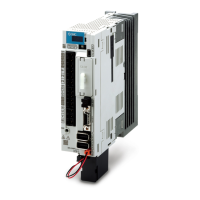
